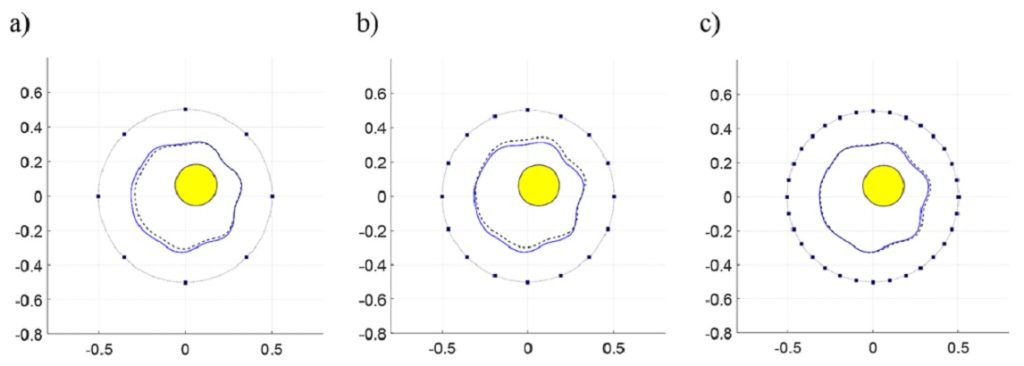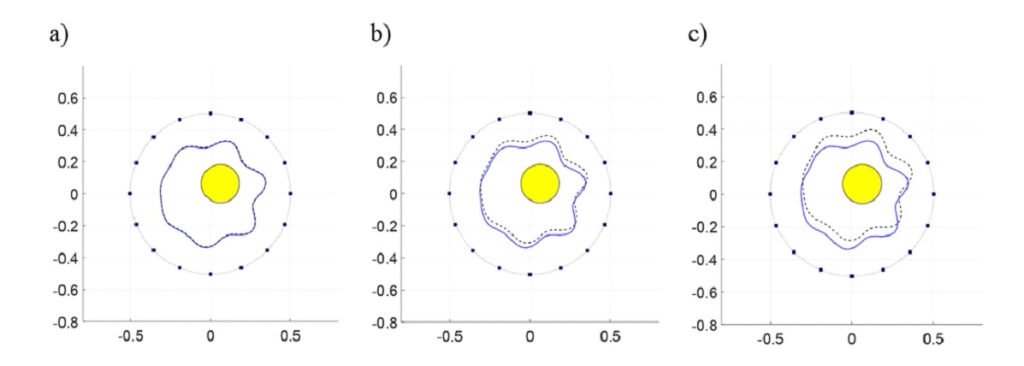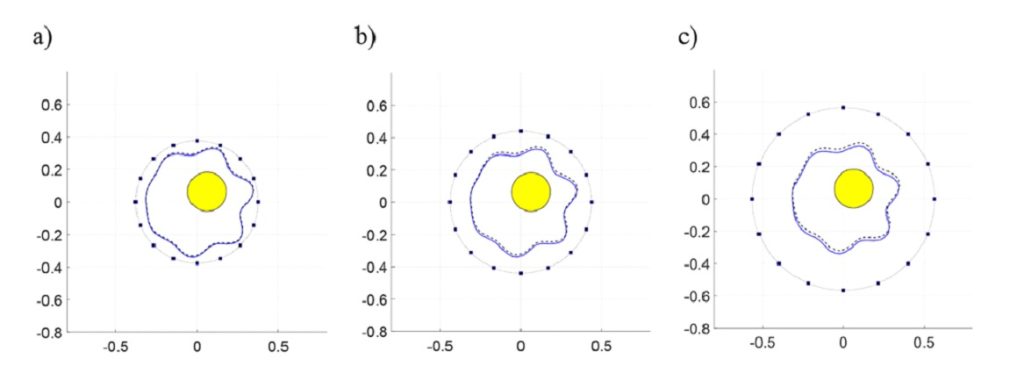Innovative approach to obstacle shape identification in the problem of acoustic wave scattering
A team of researchers from the Netrix S.A. Research and Development Center, WSEI Academy in Lublin, and Lublin University of Technology has presented a groundbreaking solution in the field of inverse acoustic wave scattering problems. In their published paper titled “Identification of an Arbitrary Shape Obstacle of Scattering Problem Using Near Field Data”, the researchers introduce a new method for reconstructing the shape of acoustic obstacles, based on the analysis of near-field data and utilizing the Boundary Element Method (BEM).
The developed concept focuses on the inverse problem, which involves reconstructing the geometry of objects based on measurement data recorded around the obstacle. A key element of the method is the use of the Boundary Element Method, which allows for precise modeling of the acoustic wave scattering process without the need to discretize the entire volume of the analyzed area. This approach significantly reduces computational complexity, while still enabling high accuracy of the reconstruction.




Additionally, thanks to the proper parameterization of the obstacle shape, the researchers reduced the number of optimization variables, paving the way for effective reconstruction of even complex geometric forms, such as wavy cylindrical surfaces. The impact of various parameters – the number of sensors, measurement noise level, and measurement distance – on the shape reconstruction quality was also analyzed. The results showed that satisfactory results could be obtained with just 8 sensors, even under conditions of high interference, reaching up to 20%. Particularly important was the confirmation that the best results are achieved with near-field data, highlighting the practical applicability of this method in real engineering conditions.
The presented method is highly resistant to interference and computationally efficient due to the use of objective function minimization and nonlinear constraints. This opens up new possibilities for applications in areas requiring precise acoustic wave propagation analysis. This is especially significant in the context of non-destructive material testing, medical imaging using ultrasound, and monitoring the integrity of engineering structures such as bridges or pipelines.
The full text of the article was published in Advances in Science and Technology Research Journal, 2024, Volume 18, Issue 7, pages 396-405.
link to publication

